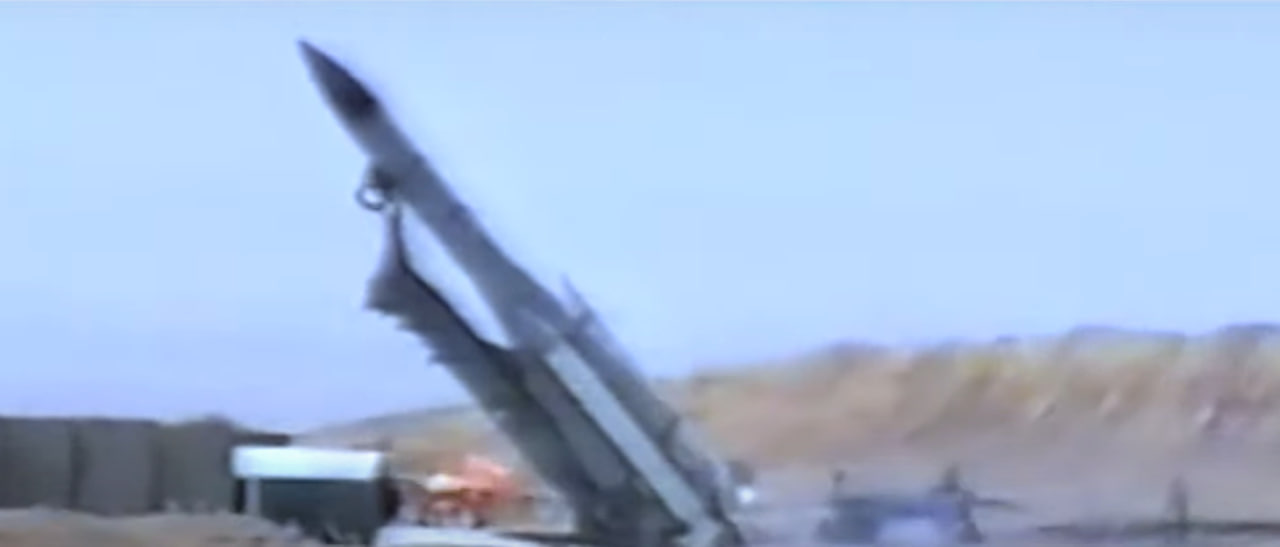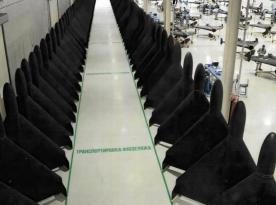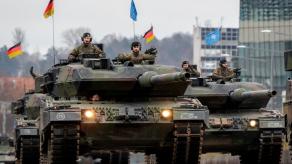The fact iran has S-200 anti-aircraft missile systems is surprising in itself. Yet far more unexpected is that the iranian military used it to live fire at its own fighter aircraft as a matter of experiment. This episode was covered in an iranian documentary that appeared in public access a few days ago.
Most of the movie is not as interesting, so here Defense Express provides a general description of this particular episode based on what the iranians told in the film.
Read more: Tu-22M3 Shot Down by S-200, But SAM System Likely Completely Revamped

Turns out, the S-200 systems were acquired from the russian federation but there's no clarification when it happened, presumably either in the 1990s or the early 2000s. The authors specify the modification though, it was the S-200VE [С-200ВЭ]. Known performance parameters of this variant are target engagement range of 240 km and HE-FRAG missile warhead.
Another noteworthy detail is that iran first purchased these air defense systems from the russians, and only after delivery began to test their real capabilities. The first aspect of such evaluation was expectable: a sample of the S-200 radar was handed over to young specialists of Iran's defense industry for study (quite possibly, some technical decisions were borrowed from the russians for developing iran's own weapons). And here is the second aspect: live fire testing of the S-200 against an unnamed type of aircraft from the iranian Air Force.

The movie accentuates that those firings were under meticulous control and supervision. The firing area was cleared of any aircraft that could accidentally roam into the dangerous zone. The pilot was chosen according to his psychological fitness for this sort of experimental mission. The on-ground control post was informing the pilot about all the maneuvers that the interceptor launched from S-200 was performing. For the pilot's safety, the missile was at some point detonated mid-flight, on a command from the ground.
The most notable takeaway from this episode is not even the fact iran dared to conduct such an extraordinary test. The authors of the documentary state that in the end, the pilot managed to evade the S-200 missile with the help of afterburner.

On a note from Defense Express, this case, besides simply being an illustrative case of iran's worldview as a russian ally and defense partner, also demonstrates what types of targets S-200 is most effective against. After all, the rational way to use it would be at long distances against large and unwieldy air targets like A-50 or Tu-22M3.
Aircraft of both these types were defeated by Ukraine's S-200, although the air defense systems were likely tweaked by engineers to better match the parameters required by each specific mission. Still, the base version utilizes quite the enormous 5V28 missile featuring 7.1 tons of launch weight and a 10-meter long body.
Read more: Potential Difference Between S-200 Versions Used to Take Down A-50 and Tu-22M3, Explained














